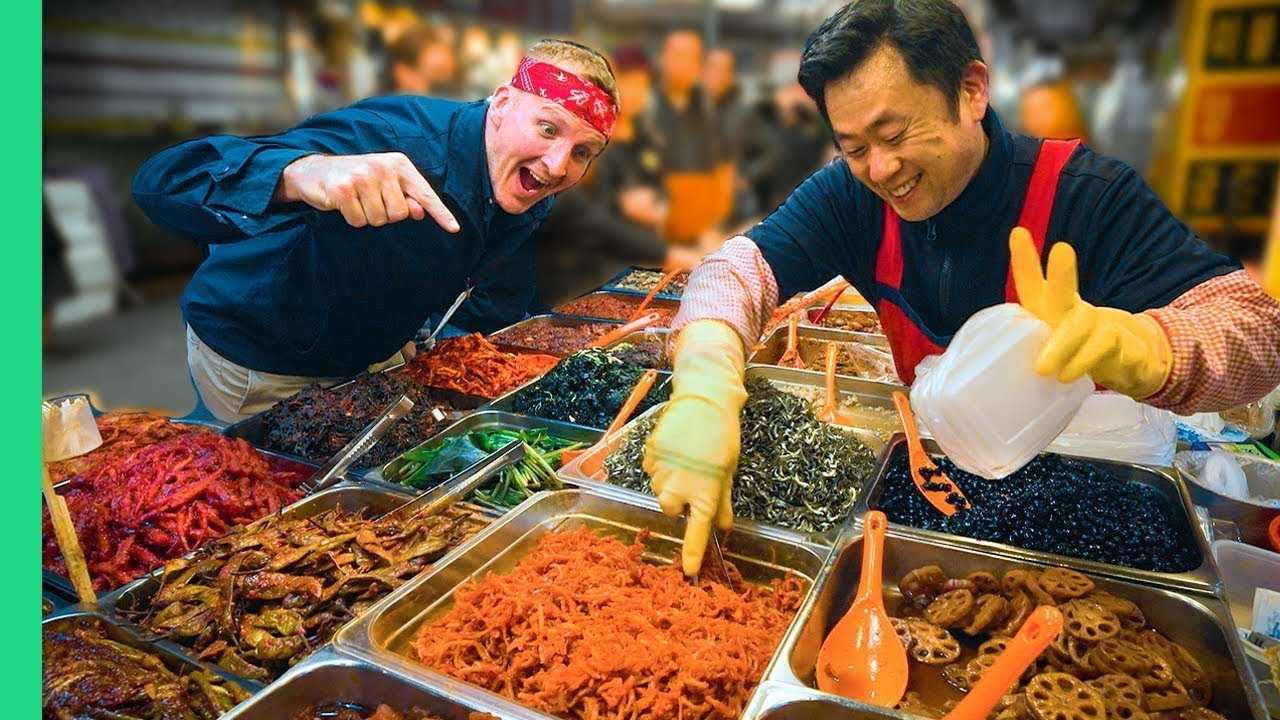Gwangjang Market: A Taste of Traditional Korean Street Food
Gwangjang Market, located in the heart of Seoul, South Korea, is a bustling hub of traditional Korean street food and culture. Established in 1905, it is one of the oldest and largest traditional markets in the country. For both locals and tourists, Gwangjang Market offers an authentic taste of Korean cuisine, making it a must-visit destination for food enthusiasts. This guide will provide you with practical information to make the most of your visit to this vibrant market.
Exploring the Market
Gwangjang Market is a sensory delight, with its narrow alleys filled with the aroma of sizzling food and the chatter of vendors and customers. The market is divided into sections, each offering a unique experience. The food section is the most popular, where you can find a wide array of traditional Korean dishes. From savory pancakes to spicy rice cakes, the options are endless. The market is also known for its textile section, where you can find high-quality silk, satin, and linen at reasonable prices. Exploring the market is best done on foot, allowing you to take in the sights, sounds, and smells at your own pace.
Must-Try Dishes
When visiting Gwangjang Market, there are a few dishes that you simply cannot miss. One of the most famous is bindaetteok, a savory pancake made from ground mung beans, vegetables, and meat. It is crispy on the outside and soft on the inside, making it a perfect snack or meal. Another must-try is mayak gimbap, which translates to “narcotic rice rolls” due to their addictive taste. These small seaweed rice rolls are filled with vegetables and served with a tangy mustard sauce. For those who enjoy a bit of spice, tteokbokki, or spicy rice cakes, are a popular choice. These chewy rice cakes are cooked in a spicy red pepper sauce and are a staple of Korean street food. Lastly, don’t miss out on trying yukhoe, a Korean-style beef tartare that is seasoned with sesame oil, garlic, and soy sauce.
Tips for Visiting
To make the most of your visit to Gwangjang Market, consider going during the weekdays when it is less crowded. The market is open from early morning until late at night, but the best time to visit is during lunch or dinner hours when the food stalls are in full swing. Bring cash, as many vendors do not accept credit cards. It’s also a good idea to go with an empty stomach, as there are plenty of dishes to try. If you’re not sure where to start, follow the locals and see what they are eating. Don’t be afraid to ask the vendors for recommendations or to try something new. Lastly, be mindful of your belongings, as the market can get quite busy.
